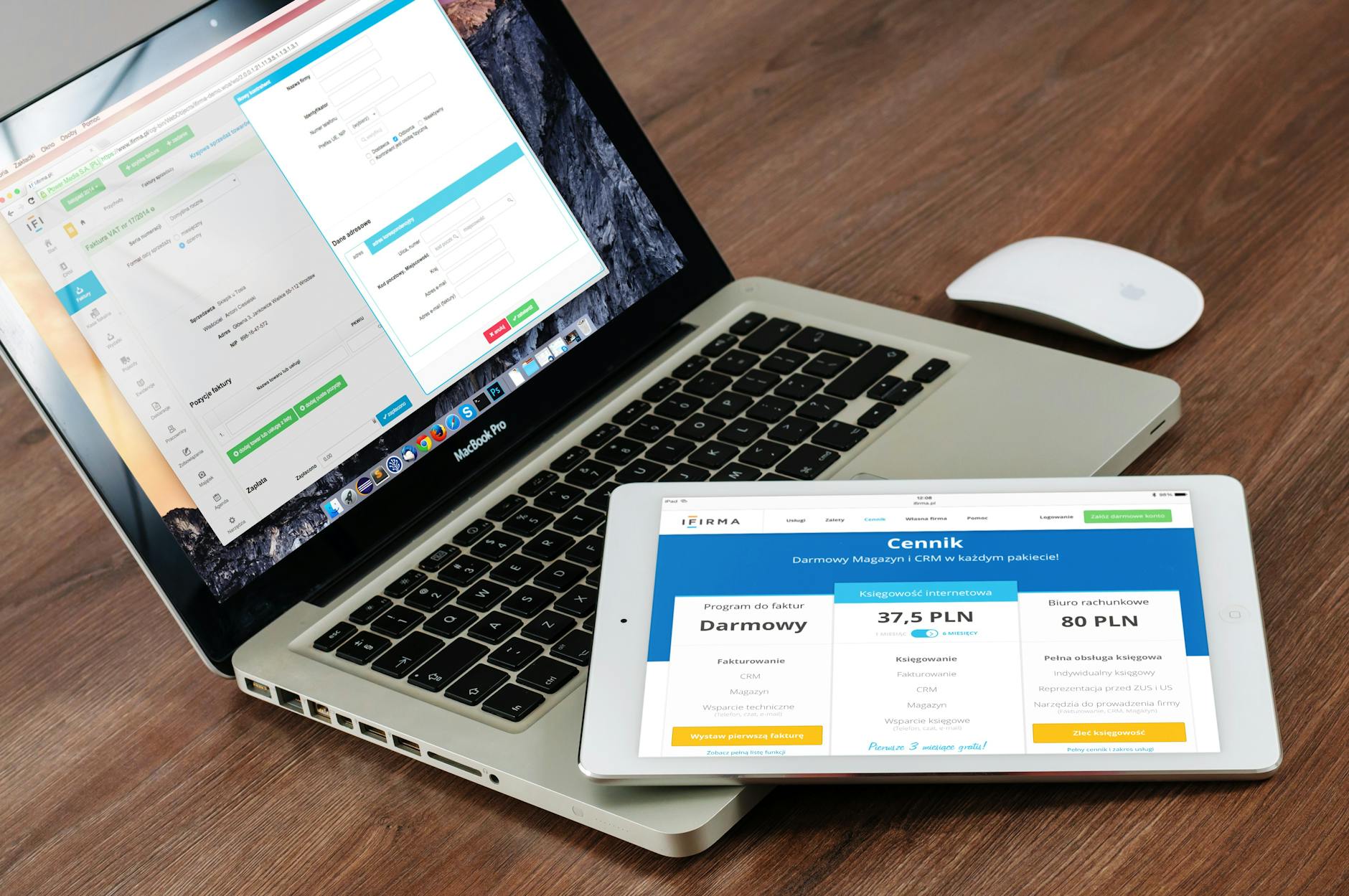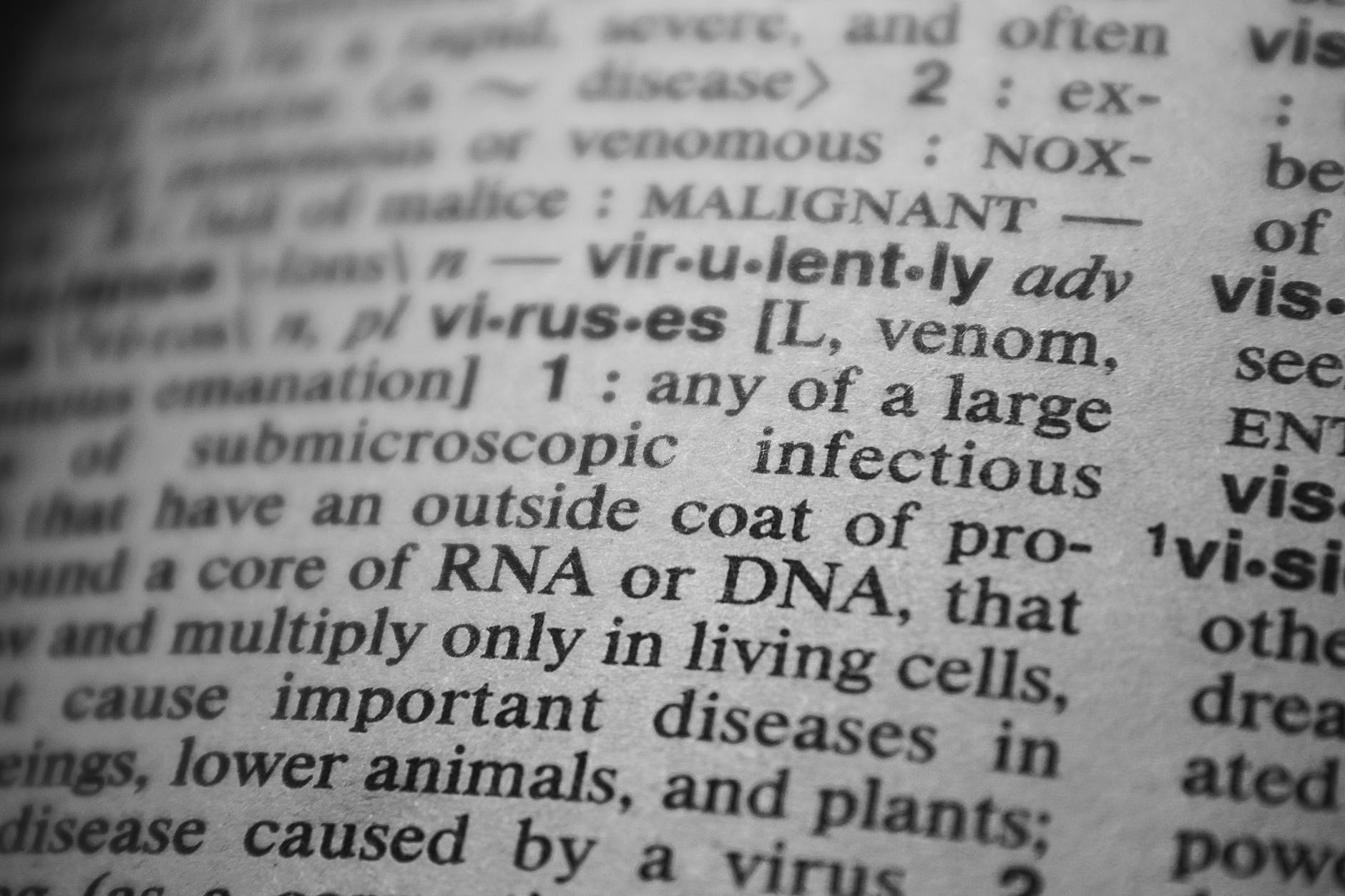The healthcare sector is facing an alarming rise in ransomware attacks, with both frequency and severity escalating at an unprecedented rate. This comprehensive analysis delves into the intricacies of these cyber threats, offering insights, strategies, and best practices to safeguard healthcare facilities.
The blog is designed to provide valuable information to healthcare professionals, IT experts, policymakers, and anyone interested in understanding and combating ransomware attacks in the healthcare domain.
Introduction to Ransomware Attacks in Healthcare
A. Definition and Overview
Ransomware is malicious software that encrypts files or systems, demanding a ransom to restore access. In healthcare, these attacks can cripple critical systems, endanger patient lives, and cause significant financial losses.
B. Historical Perspective
The first known ransomware attack dates back to 1989. However, the healthcare sector has become a prime target in recent years due to the sensitive nature of medical data and the urgent need for system availability.
C. Recent Trends
Recent trends indicate a sharp increase in the number and sophistication of ransomware attacks on healthcare facilities. The COVID-19 pandemic has further exacerbated the situation, with attackers exploiting vulnerabilities in remote work infrastructure.
Understanding the Impact of Ransomware Attacks
A. Impact on Patient Care
Ransomware attacks can disrupt medical services, delay treatments, and even lead to fatalities. The unavailability of patient records and critical systems can have dire consequences on patient care.
B. Financial Consequences
The financial impact of ransomware attacks is staggering. From paying ransoms to system restoration and legal compliance, healthcare facilities can incur enormous expenses.
C. Reputational Damage
The breach of patient data and disruption of services can severely damage the reputation of healthcare providers, leading to loss of trust and potential legal ramifications.
Analyzing the Increase in Frequency and Severity
A. Targeting Vulnerabilities
Healthcare facilities often operate with outdated systems and inadequate cybersecurity measures, making them attractive targets for ransomware attackers.
B. Financial Incentives
The lucrative nature of medical data and the urgency to restore services make healthcare providers more likely to pay ransoms, incentivizing attackers.
C. Evolving Attack Techniques
Attackers are employing increasingly sophisticated techniques, including AI-driven tools and multi-stage attacks, enhancing the severity of ransomware incidents.
Strategies to Mitigate Ransomware Attacks
A. Implementing Robust Security Measures
Adopting multi-layered security measures, including firewalls, endpoint protection, and regular patching, can significantly reduce the risk of ransomware attacks.
B. Educating Staff
Training healthcare staff on cybersecurity best practices and phishing awareness can prevent inadvertent breaches.
C. Regular Backups and Recovery Planning
Regular backups and a well-defined recovery plan ensure that healthcare facilities can quickly restore services without succumbing to ransom demands.
D. Collaborating with Authorities
Working closely with law enforcement and cybersecurity experts can enhance threat intelligence and facilitate a coordinated response to attacks.
Case Studies: Lessons from Real-world Incidents
A. Hospital A: Swift Response and Recovery
- Incident: A major hospital faced a ransomware attack that encrypted patient records.
- Response: Implemented immediate containment, engaged cybersecurity experts, restored from backups.
- Outcome: Minimal disruption, no ransom paid, enhanced security measures.
B. Clinic B: Failure to Protect and Prolonged Disruption
- Incident: A small clinic was attacked, with no backups or security measures in place.
- Response: Paid ransom, faced prolonged disruption, legal challenges.
- Outcome: Significant financial loss, reputational damage, regulatory penalties.
Concluding with a Call to Action
The alarming rise in ransomware attacks on healthcare facilities necessitates urgent and concerted efforts to safeguard critical systems and patient data. By understanding the nature, impact, and mitigation strategies, healthcare providers can build resilience against these malicious threats. Collaboration, education, robust security measures, and a proactive stance are vital in turning the tide against ransomware attacks in healthcare.



